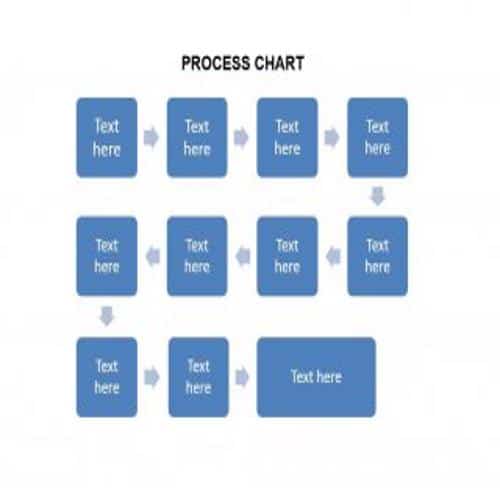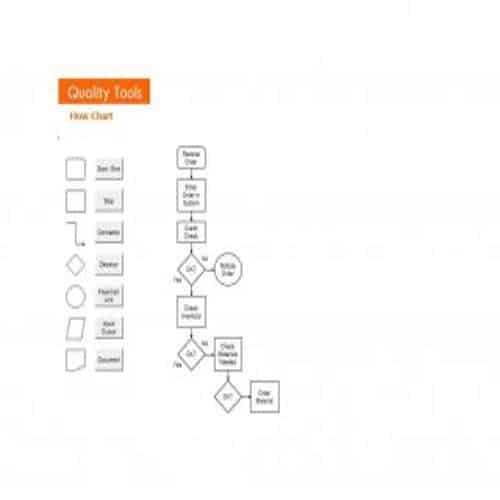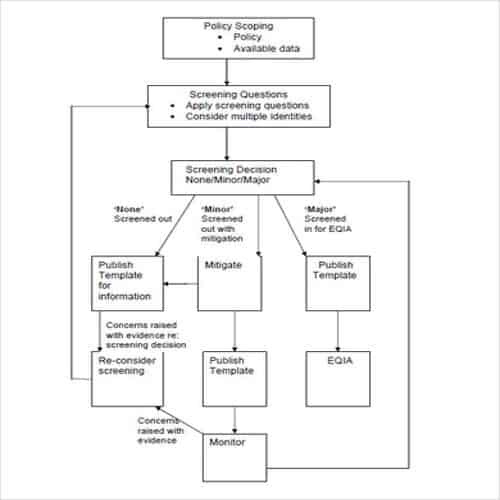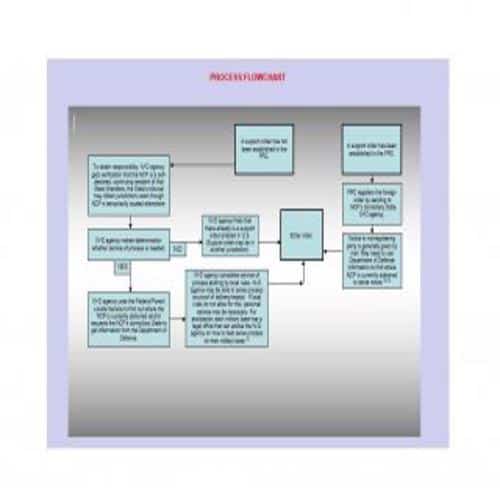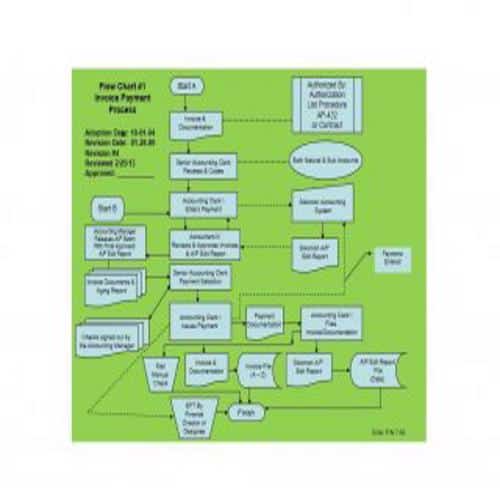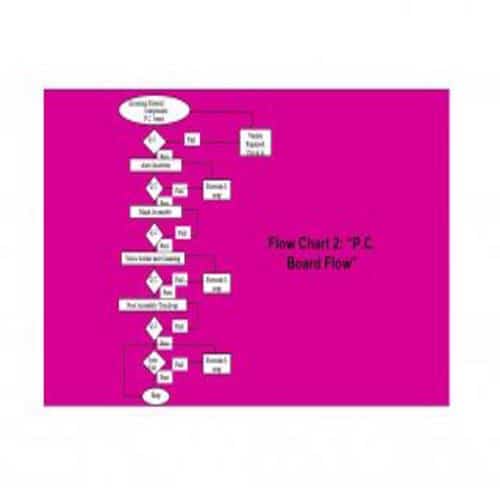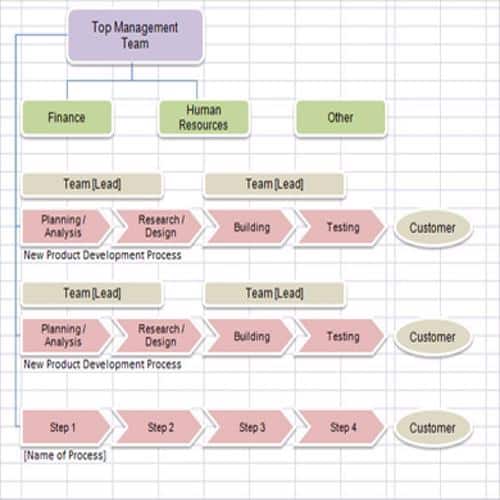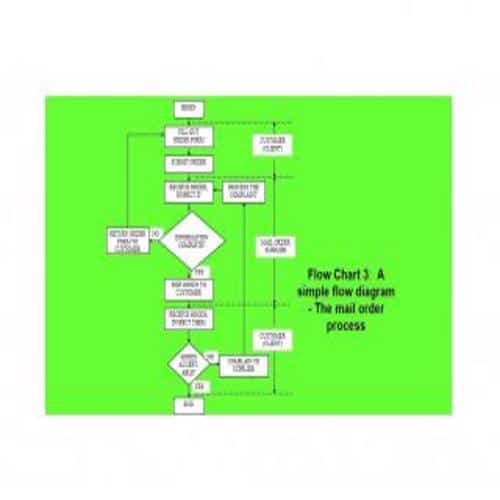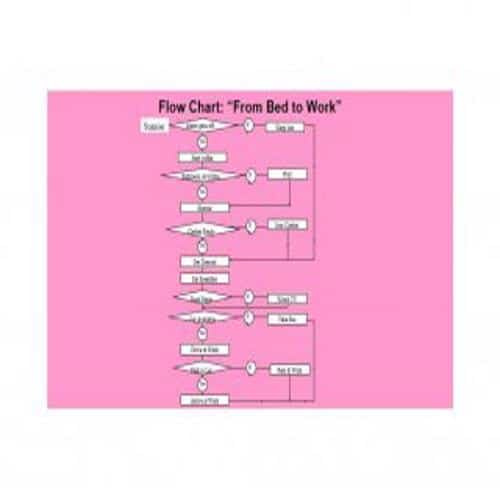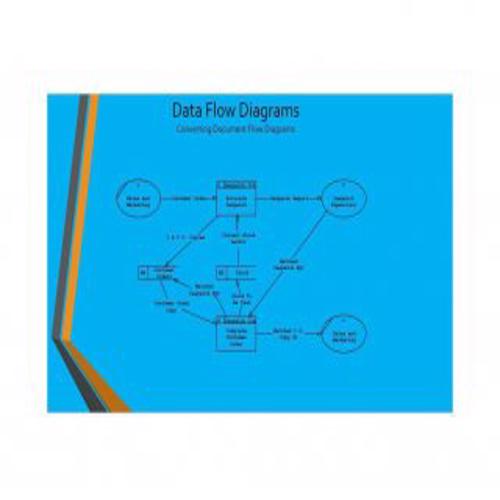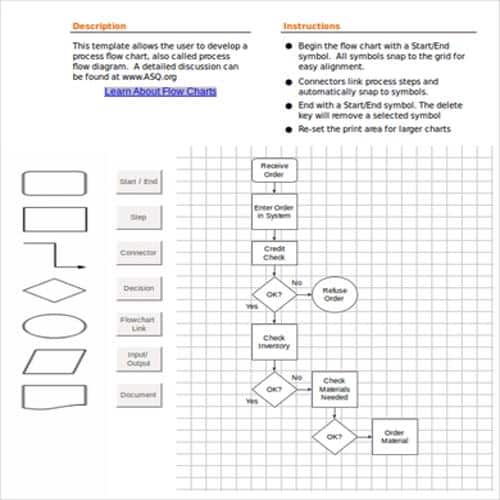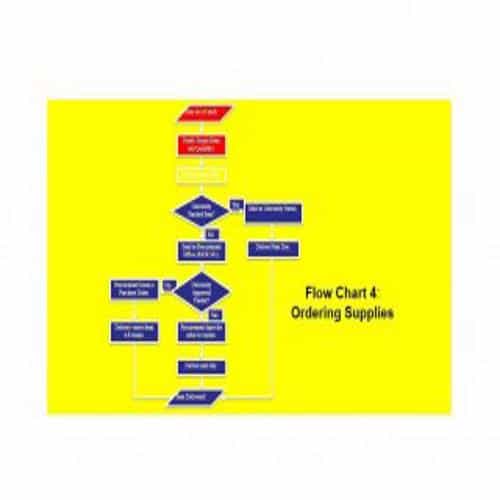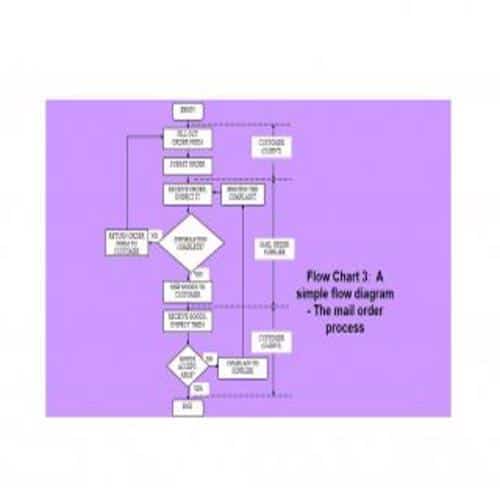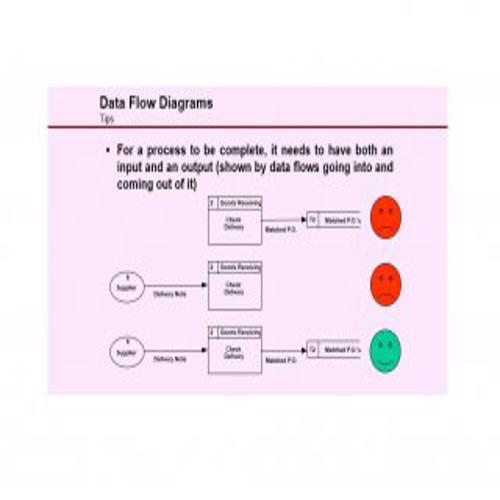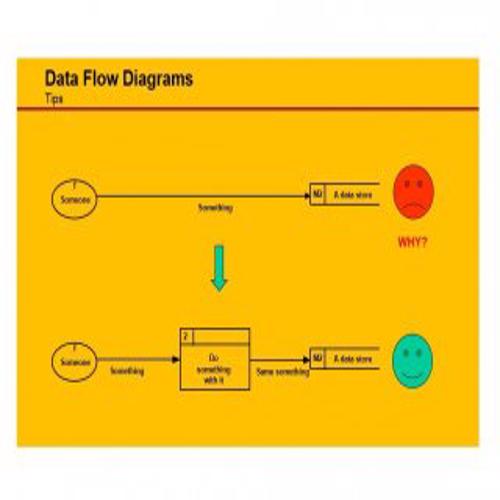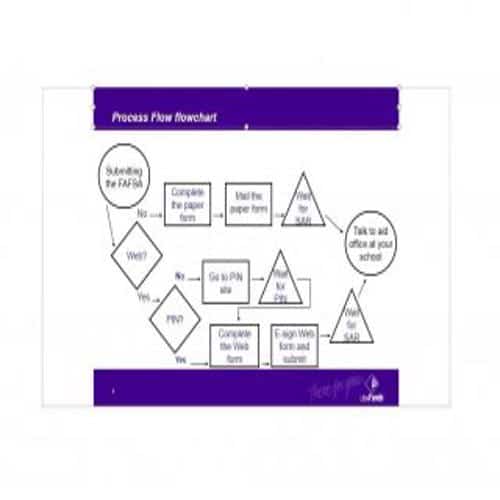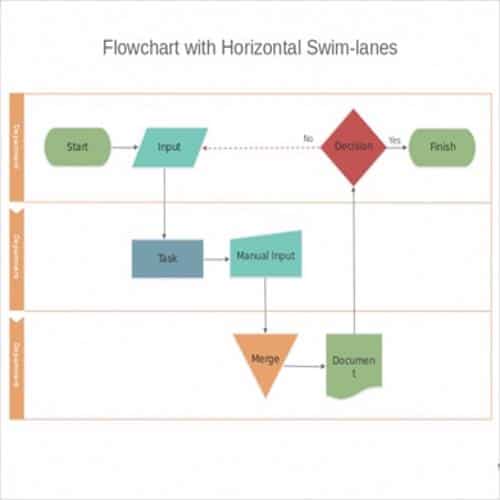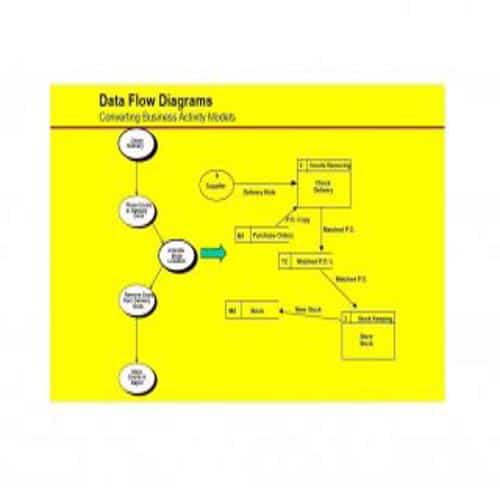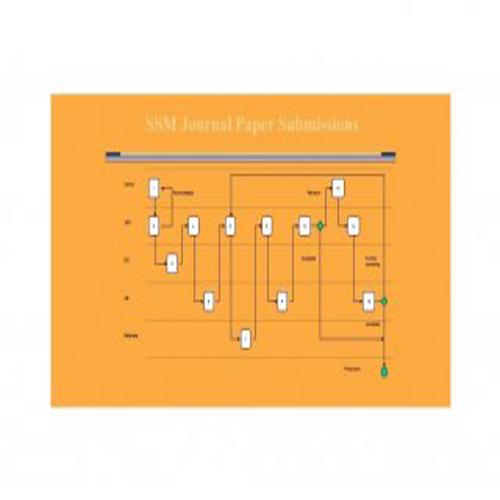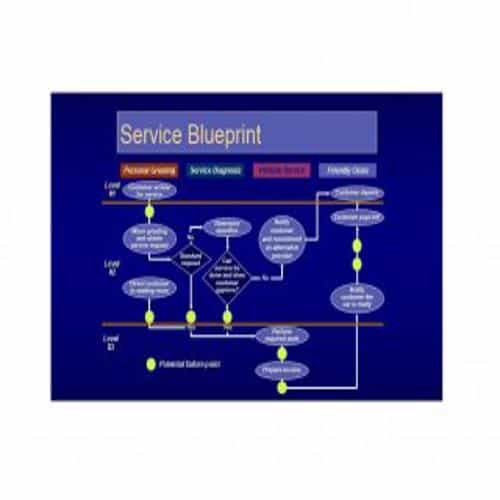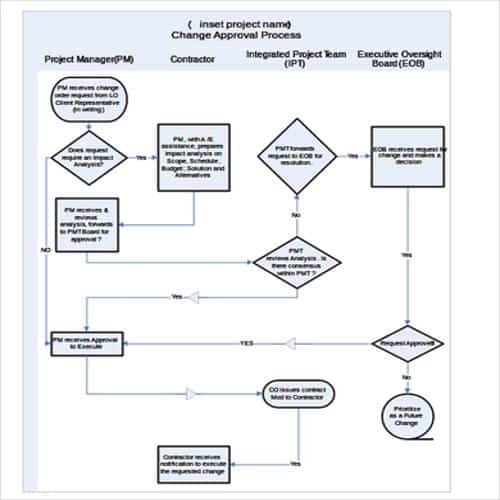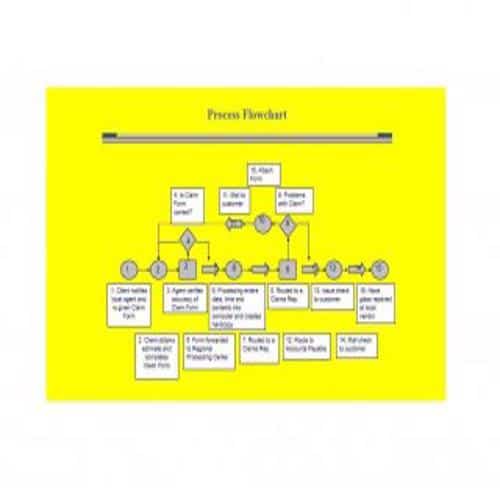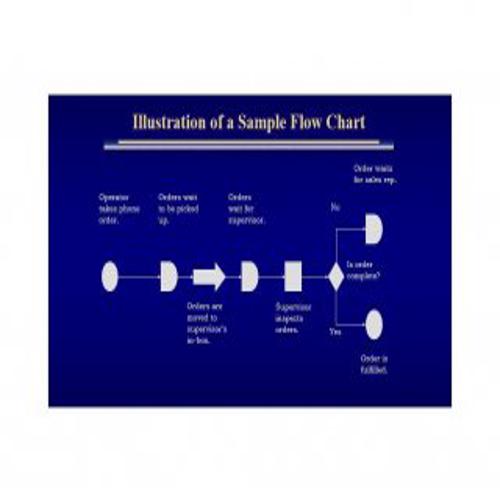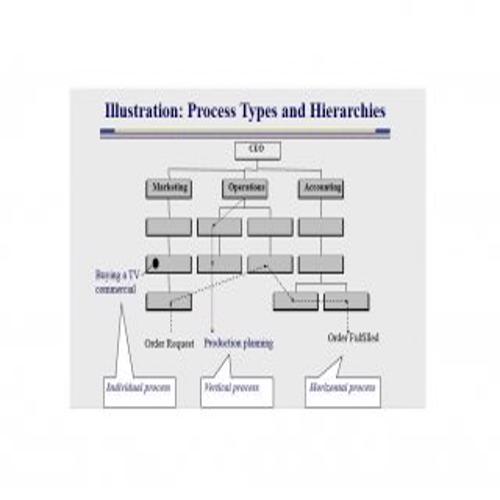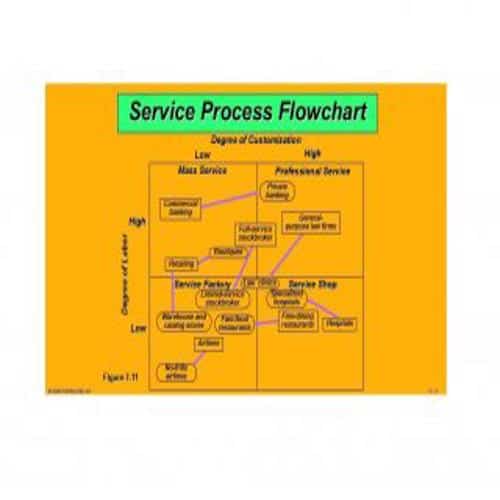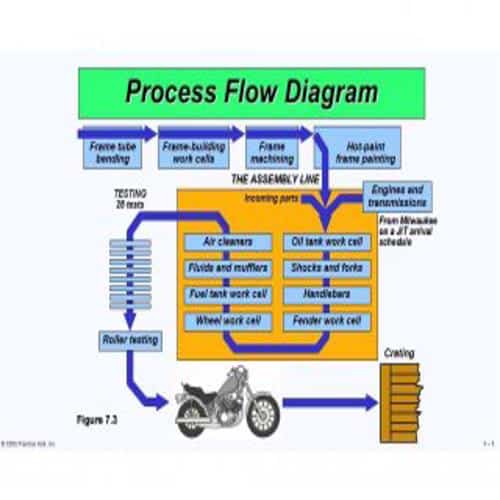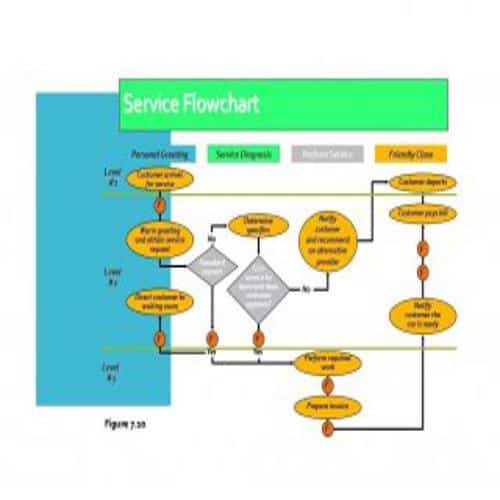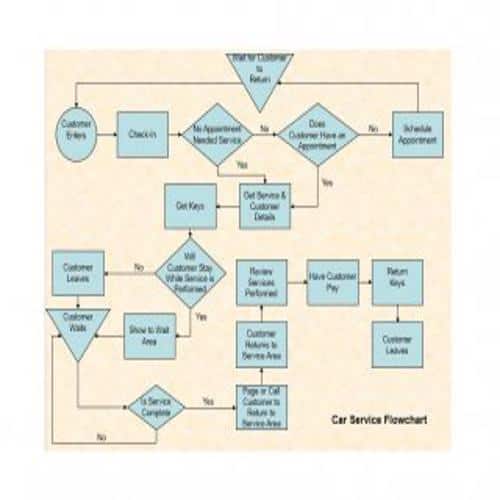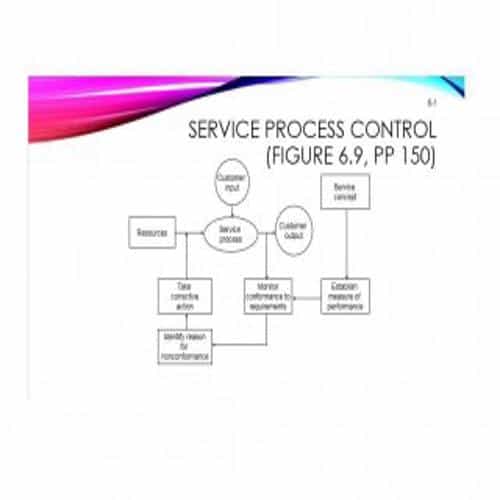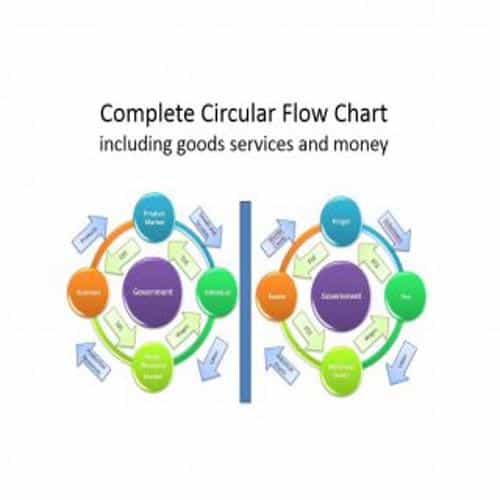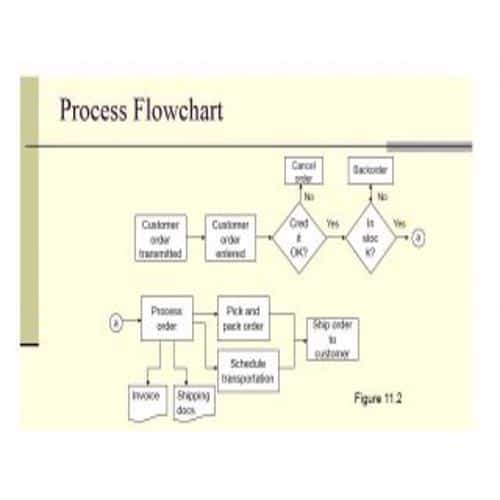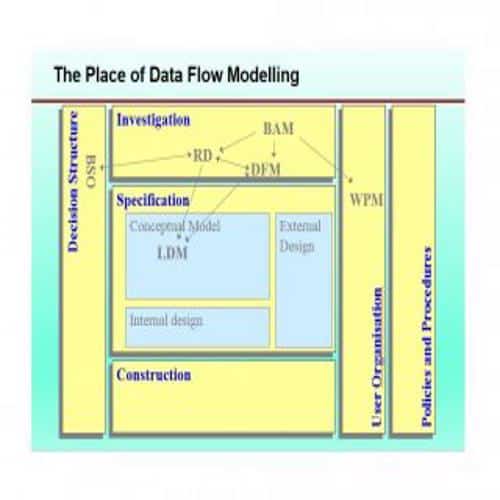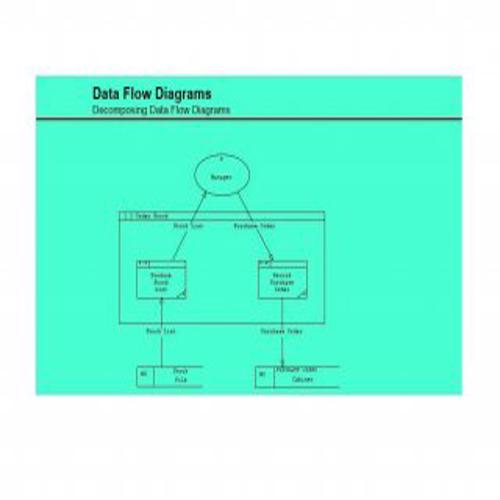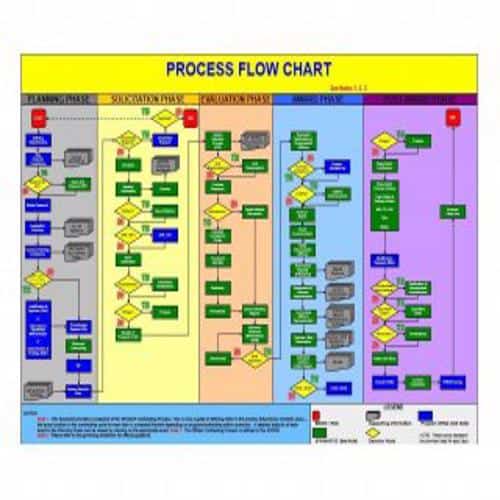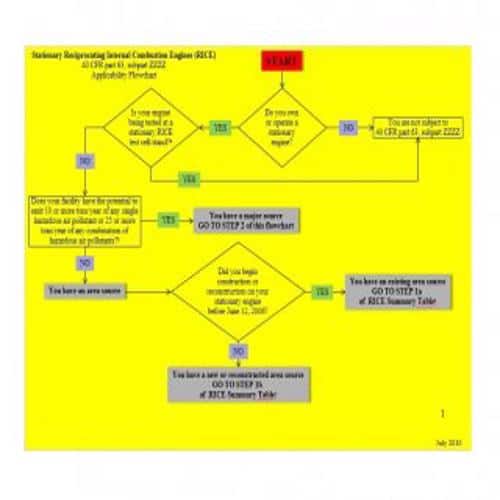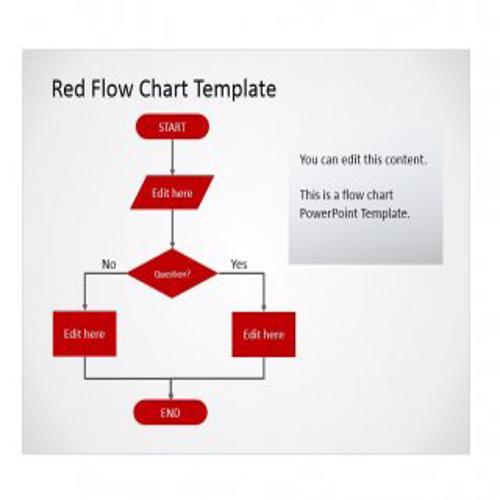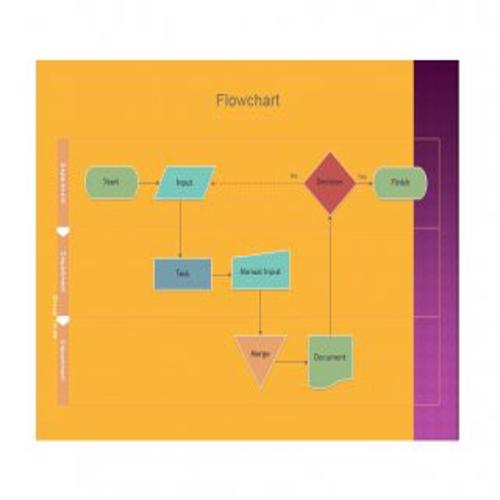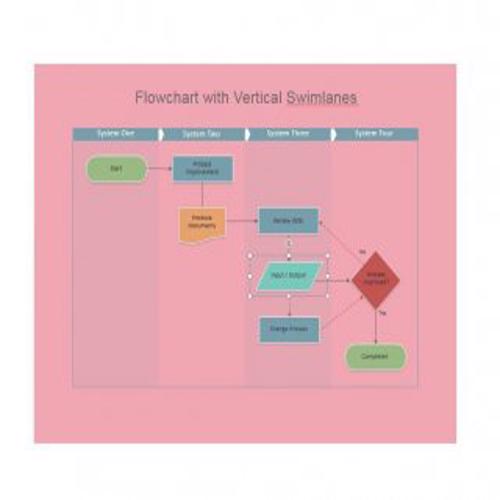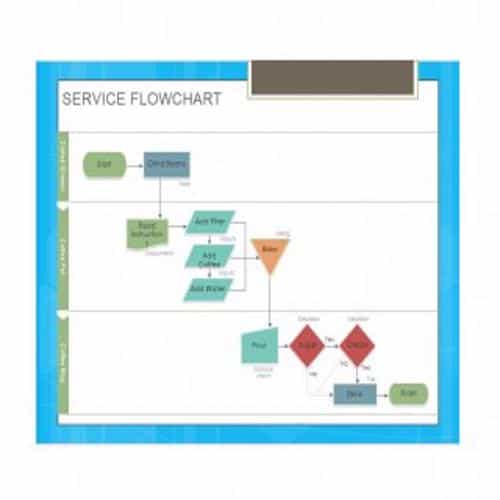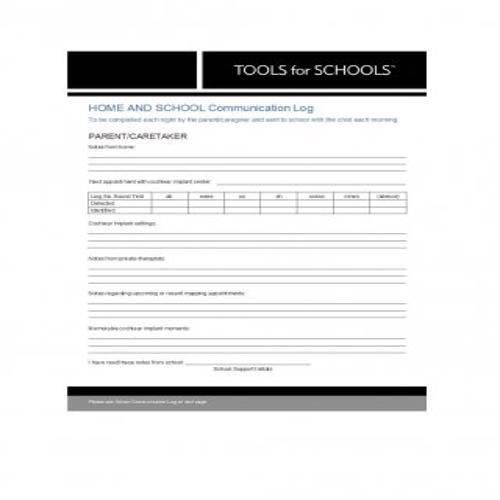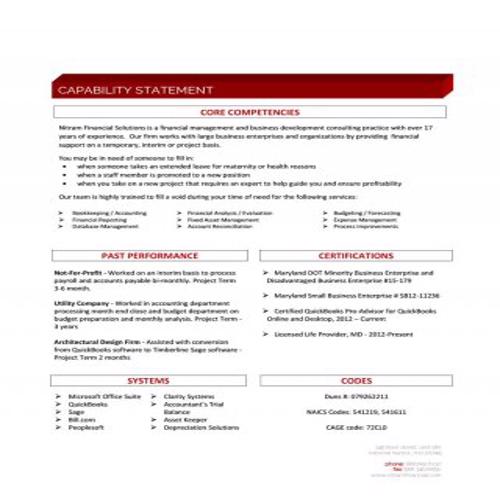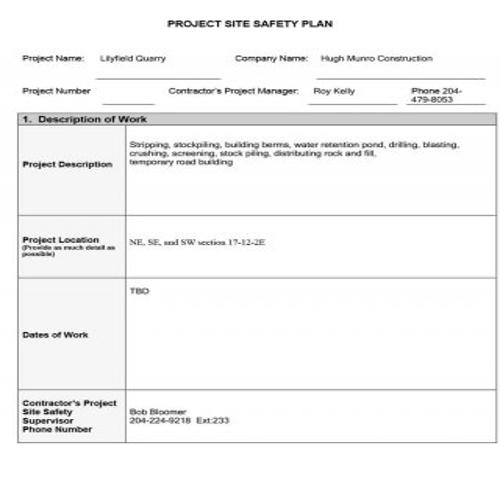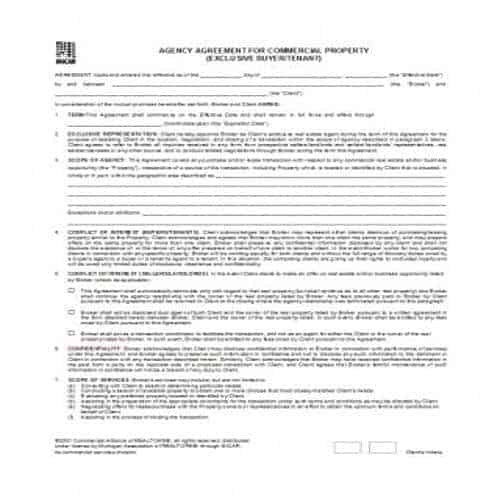In this article, you can get some best quality editable flow chart templates. But first of all, it is important to discuss what a flow chart actually is and what is its importance.
A flow chart is a special graphical or visual representation of a certain process or an algorithm. Almost all the entities use or have to use a flow chart at one or another stage.
For example, if you want to implement a new procedure or system at the workplace, then first of all, you will require a visual representation of that procedure or system. For this purpose, a proper flow chart is prepared.
Some flow charts can be simple and some of them can be a bit technical depending upon their requirements. Many entities hire the services of experts in order to prepare a flow chart, especially if it is of technical nature. However, in order to save time, effort and cost, you can always opt to use pre-formatted flow chart templates.
If you are using a flow chart template, all you have to do is to select an editable template of your choice and insert the relevant information in it. For this purpose, make sure to check out the given below flow chart templates which are free to download and use. All of these given below templates are editable too.
Sample Flow Chart Templates
Process Flow Chart Template
Simple Flow Chart Template
Detailed Flow Chart Template
Colorful Flow Chart Template
Sample Flow Chart Template
Special Flow Chart Template
Illustrated Flow Chart Template
Departmental Flow Chart Template
Basic Flow Chart Template
Brief Flow Chart Template
Data Flow Chart Template
Flow Chart Guide Template
Supply Flow Chart Template
Mail Order Flow Chart Template
Example Flow Chart Template
Necessary Elements of a Flow Chart Template
Following are some basic elements that are important to be included in a flow chart template.
1. The process, system or procedure:
At first, the flow chart must contain the process, system, procedure or algorithm for which the flow chart is being prepared.
2. People involved:
The flow chart must indicate the relevant people that are involved in the specified process. It must also identify the roles of the participants clearly.
3. Tasks or Activities:
The second element is the activities or tasks that are required to be done in the process or procedure.
4. Input:
It must be clearly mentioned in the flow chart template that what input materials or items are required for performing each task or activity.
5. Output:
Just like the input, a flow chart must also identify the output item that you expect to get after the completion of a task or an activity.
6. Decision:
The decisions that will be taken on the basis of an output item or an end result, are then mentioned.
7. Symbols:
Some specific symbols are typically used in every type of flow chart which are one of its important element. These symbols are explained below in detail.
Best Flow Chart Templates
Flow Chart Format Template
Proper Flow Chart Template
Special Flow Chart Template
Official Flow Chart Template
Practical Flow Chart Template
Service Blueprint Template
Project Flow Chart Template
Explained Flow Chart Template
Sample Flow Chart Illustration Template
Process Flow Chart Hierarchies Template
Service Process Flow Chart Template
Proper Process Flow Diagram
Effective Flow Chart Template
Complete Flow Chart Template
Plain Flow Chart Template
Types of Flow Charts and the Symbols
Types of Flow Charts:
Basically, there are three different types of flow charts which are briefly explained below:
1. Linear Flow Chart:
A linear flow chart simply displays the sequence of work steps that are involved in the overall making up of a process. Sometimes, this type of flow chart may include some unnecessary or irrelevant steps within a process too.
2. Deployment Flow Chart:
A deployment flow chart shows the actual flow of a process and also the individuals or groups that are involved in every single step within a process. It also explains how the people or groups fit within a process and how they are related to one another.
3. Opportunity Flow Chart:
An opportunity flow chart is a further modification of a linear flow chart. An opportunity flow chart differentiates:
- The process activities that add value. and,
- The process activities that add costs only.
Symbols of a Flow Chart:
The symbols that are used in a flow chart are mentioned below:
- Oval: Oval symbols in a flow chart indicates the starting and ending points of process.
- Box: A box simply indicates an individual activity or a step in a process.
- Diamond: Diamond symbols are basically used to show the decisions to be taken.
- Circle: A circle indicates the connection of a specific process within a page. If a number is written in a circle, it indicates the continuation of a sequence.
- Pentagon: The symbol of pentagon is used to link a specific step to some other part or page of the flow chart.
- Flow Line: A flow line simply indicates the direction of flow of the process.
Practical Flow Chart Templates
Circular Flow Chart Template
Thorough Flow Chart Template
Data Flow Diagram Template
Student Flow Chart Template
Typical Flow Chart Template
Model Flow Chart Template
Flow Chart Sample Template
Exclusive Flow Chart Template
Standard Flow Chart Template
Decent Flow Chart Template
Catchy Flow Chart Template
Elegant Flow Chart Template
Executive Service Flow Chart Template
Advantages and Limitations of a Flow Chart
Advantages:
- A flow chart is an effective tool in enhancing the overall understanding and evaluation of a process.
- Flow charts are helpful in managing the work load and work flow.
- It shows the various duties performed by an individual or group, thus providing graphic evidence of any conflicting responsibilities.
- Flow chart is very beneficial when it comes to planning the computer algorithms.
- Flow chart provides visual means of documenting a process.
- In a flow chart, the information is presented in a proper sequence and in a logical sense, thus enables better understanding of a process, system, algorithm or procedure etc.
- By using standard symbols, a flow chart highlights the overall strengths and weaknesses of a system.
Limitations:
- Flow charts are only suitable for describing standard systems and it fails to record the systems with unusual or complex transactions or procedures.
- A flow chart is a time consuming process and in case of a complex or technical system or process, the services of an expert will be required.
- Another major limitation of a flow chart is that a single amendment or modification in it may require alterations in the entire chart.
- Flow charts are not suitable for recording the systems or processes with further classifications, subsystems or subroutines.
- With a flow chart, there is always a possibility that some redundant or unnecessary areas or elements are also recorded.
